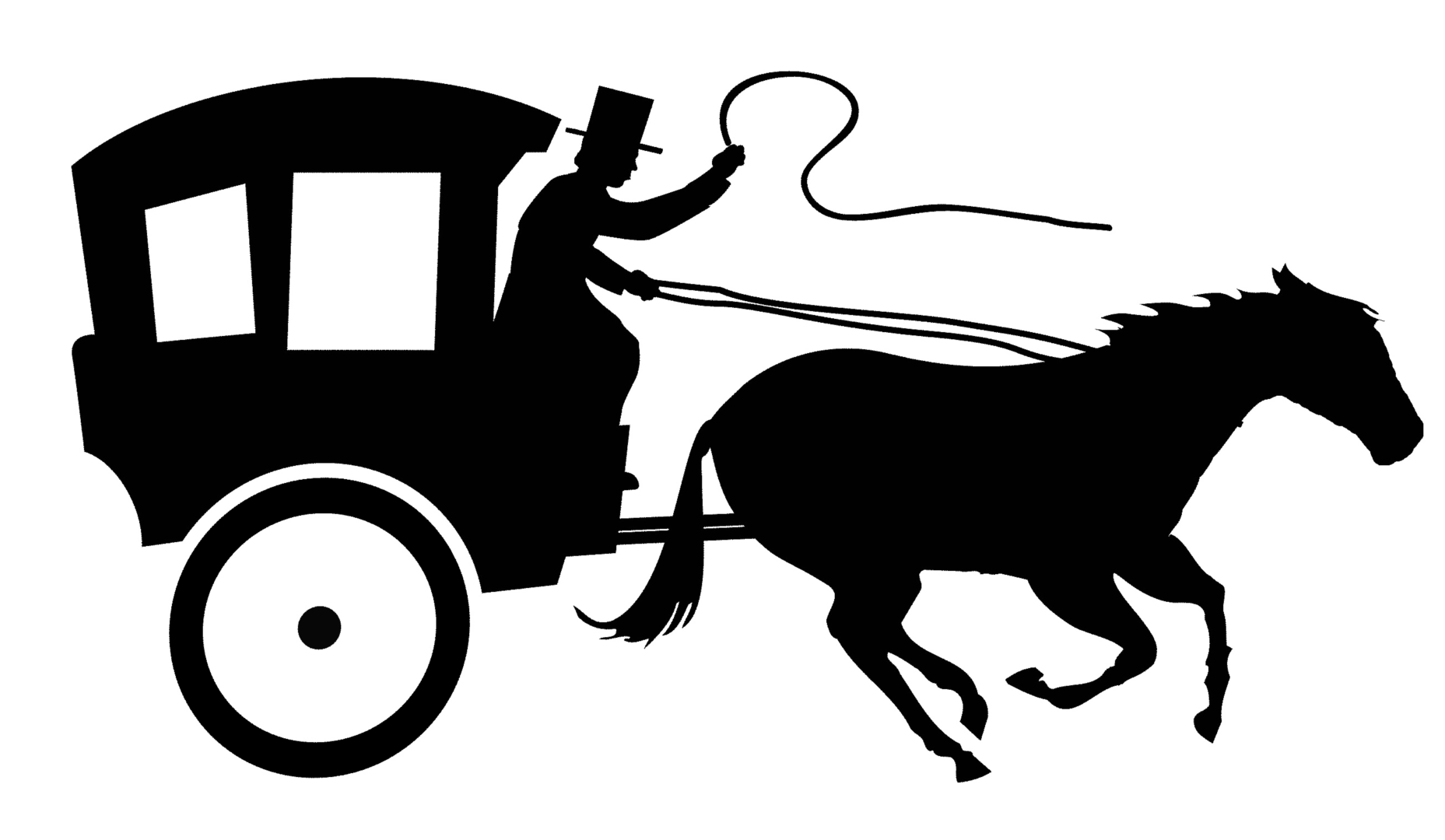Janet McCann
V: WaveSon.nets / Losing L’una
by Stephanie Strickland
Penguin
2002
$18.00
Stephanie Strickland’s poetry collection, V, is a wild ride in a new direction. It explores woman’s essence as she intersects with science, mathematics, and technology, and it does so in such a form as to challenge and explode patriarchal notions of her being and even of the language itself. V is really two books, WaveSon.nets and Losing L’una, which meet at the middle with a pointer to a website page that launches the reader into hyperspace. The poems then interact with words and images online to expand the possibilities of language. This taking of the work beyond the static form of the page to something “out there” is an exciting blend of physical book and hypertext. The playing with bookness is a part of the work’s appeal, and the confusion or collision of forms is instructive. Even describing or citing the work is problematic, as the front and back covers each represent a different book, and the center is outside the covers.
WaveSon.nets is a linked sequence of fifteen-line sonnets that explores the power of women as it coincides with and diverges from traditional notions and means of power. As the title implies, they tend to be water-driven and inhabited by the myths and legends of water, especially at the beginning; they then emerge into reveries about women that are punctuated by mathematical and scientific concepts. These poems combine two grids for looking at women’s experience, science and myth, and provoke startling and unexpected coincidences between the two.
Losing L’una consists of numbered tercets that attempt to redefine woman’s being as she exists outside of male conceptions of her and male names for her. The poems of Losing L’una are separate but one; they explore longing and loss by skips and jumps, pulling facts and reflections from different disciplines into a meditation with narrative loops and odd juxtapositions. The poem undoes traditional wisdom to offer wisdom with no tradition, wisdom in the act of finding itself. Simone Weil appears sometimes as oracle; in “Simone Demystifies Mercy” she offers the possibility that “ordinary/ charity is a form of cruelty,” and that the quality of mercy is:
strained, nailed between two poles.
It is easier
for us to feel pity, mixed with horror
& repulsion.
But the poems corruscate as light hits all the tiny scales that compose them, allusions, quotations, scientific facts, ideas and inferences. This is that kind of contemporary poetry that does not stay in the same place long enough for analysis, that indeed resists the closure analysis provides, but the impression given is that of the need for transformation. Wallace Stevens gave this desire the image of a snake, “form gulping after formlessness,” and this is the impression of this poetry:
…the true
desire
is for nothing. Into
nothing only
nothing without ripple or
concussion. can
desire all
-absorbing sink itself…
The figure of Simone Weil looms large throughout the poems as guide and example. The image of woman as shaman or witch and the woman as powerful through science and mathematics merge. The witch/goddess figure is central — indeed literally, as the hypertext section is introduced by the title “There Is a Woman in a Conical Hat.” The visit to the cosmos of V on the internet allows the reader to follow her own order of reading, finding poems and constellations in the stars, allowing one section of verse to dissolve into the next or keying in poems from the book by numbers.
The tone of this work is both joyful and sad — it takes joy in the essential qualities of the woman, qualities not recognized or dismissed, and in honoring them and exploring their potential. The sadness comes in the intense longing that shines in the lines, even in the spaces between the lines, the silences. This seems to me a metaphysical longing — not for the old definitions of deity but for a newly shaped metaphysic that is expansive rather than confined, feminine in nature rather than masculine, shape-changing and free-flowing.
An unusual project in every way, V leaves the reader questioning all boundaries and attempting new ways to read and create. It has the virtue of being an experimental and investigative mixed-media production while remaining wholly and solidly poetry.
Janet McCann‘s most recent collection of poems is Looking for Buddha in the Barbed Wire Garden (Avisson, 1996). Her poetry has appeared in Kansas Quarterly, Parnassus, Nimrod, Sou’wester, New York Quarterly, Tendril, and Poetry Australia. She has taught at Texas A & M University since 1969.

